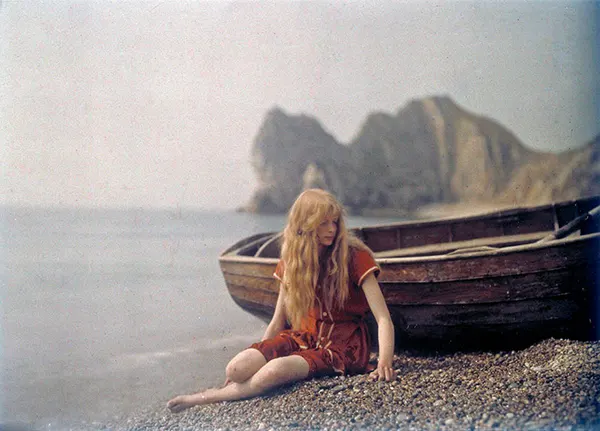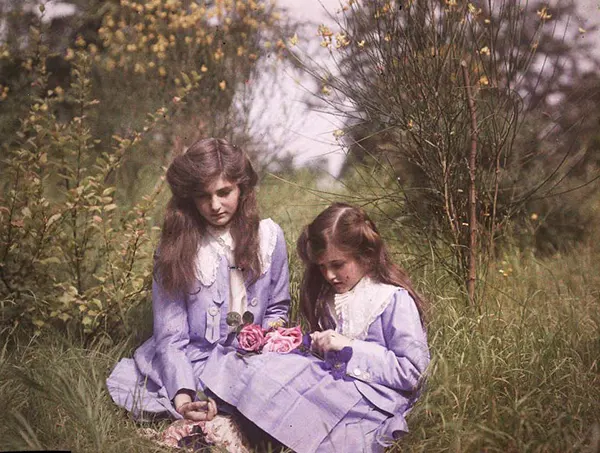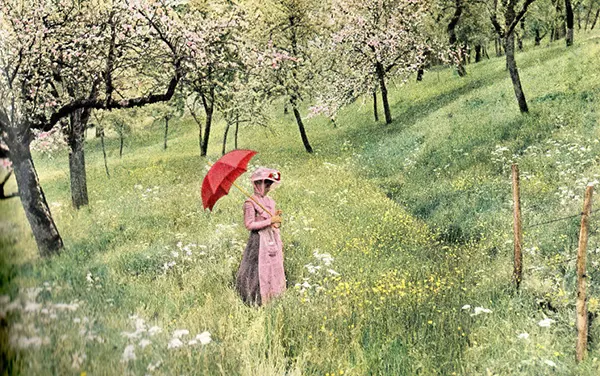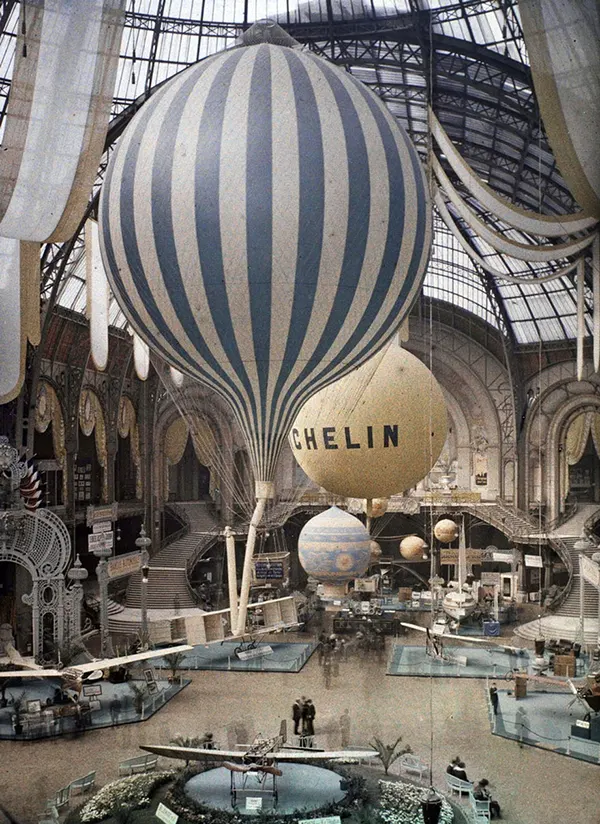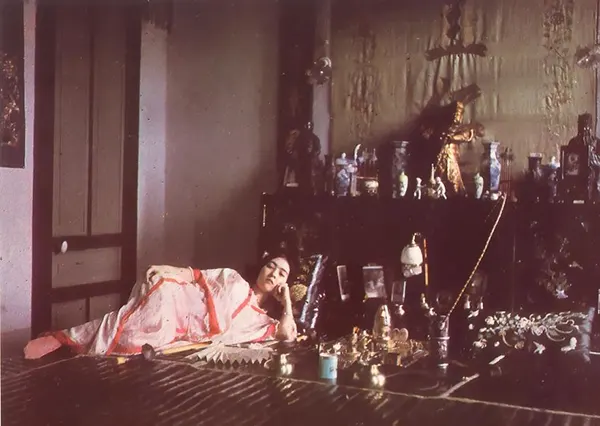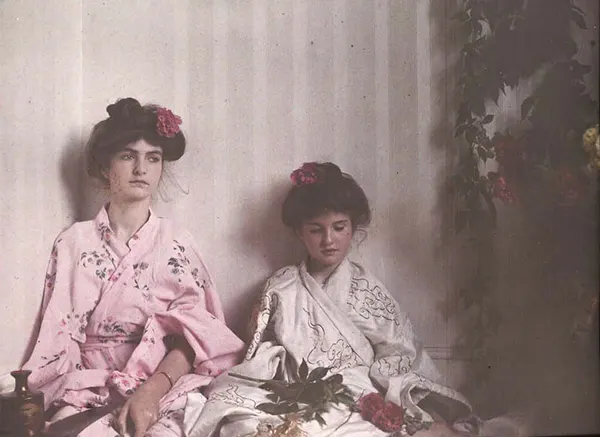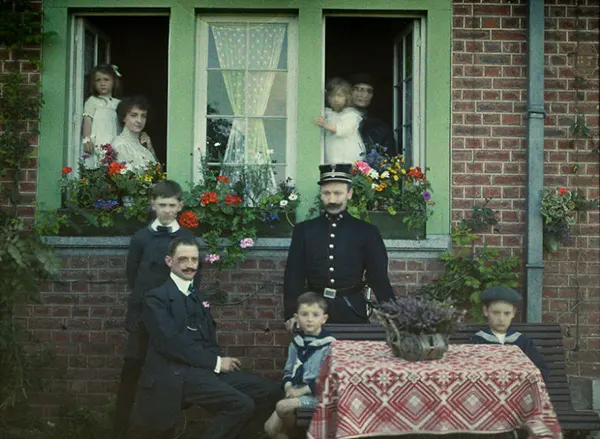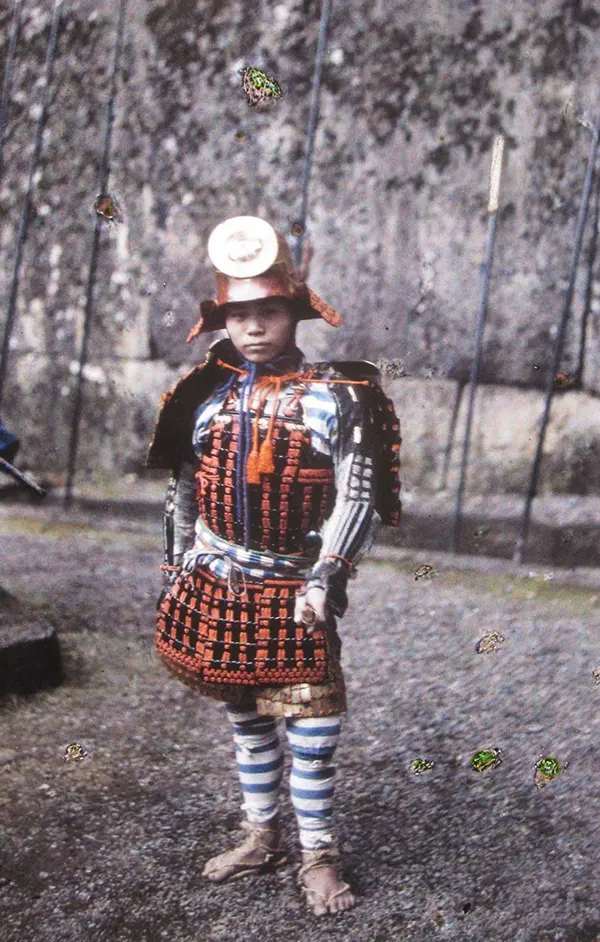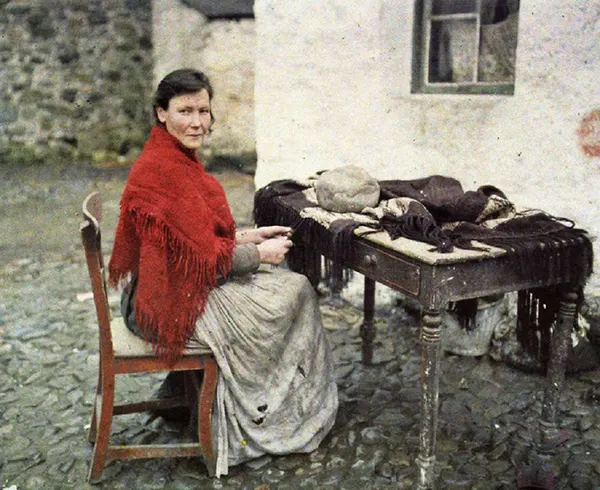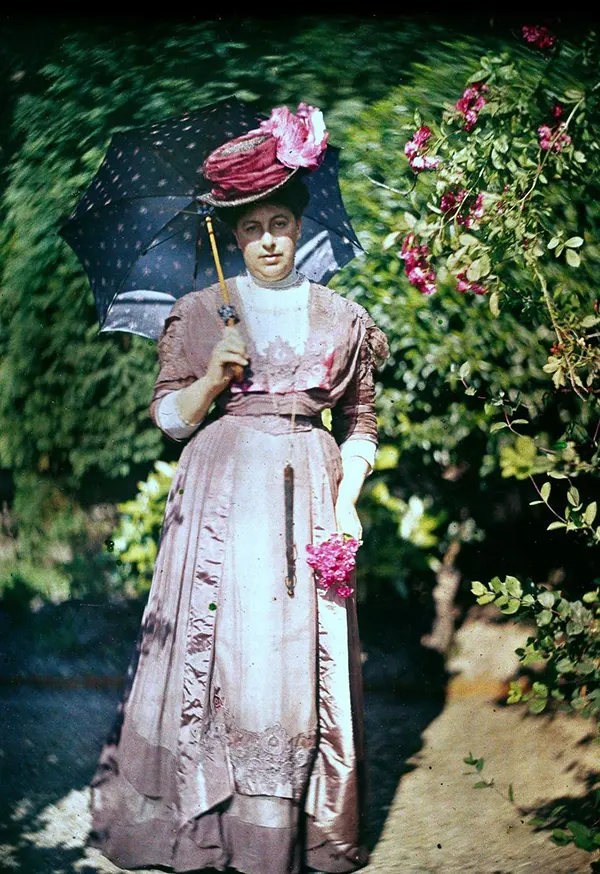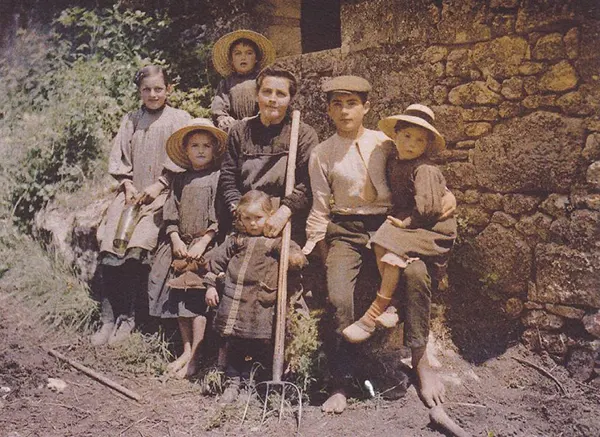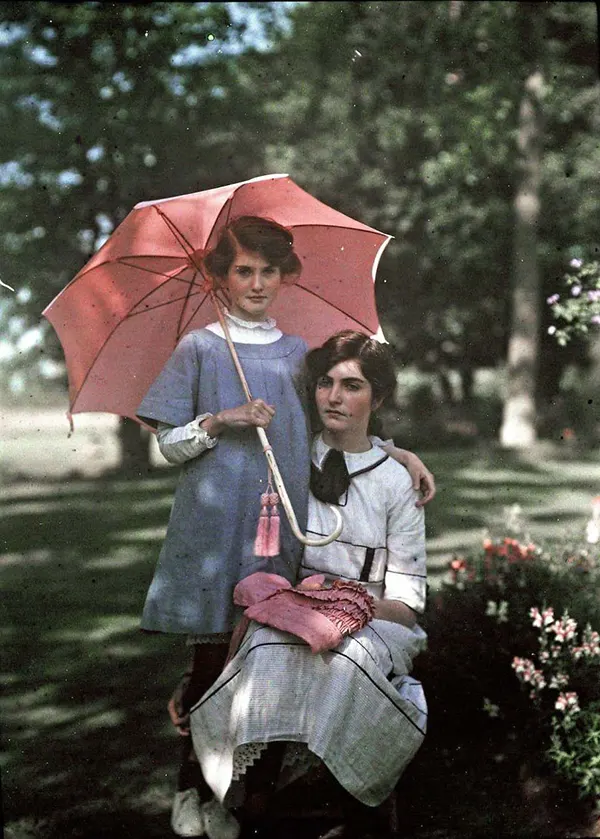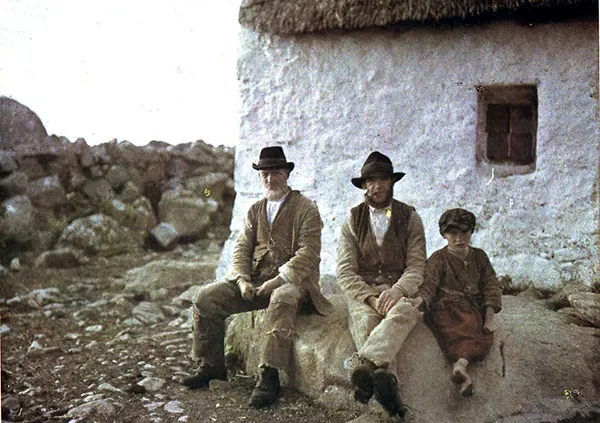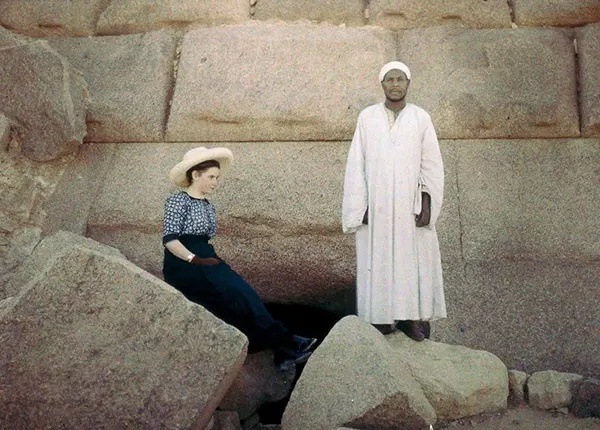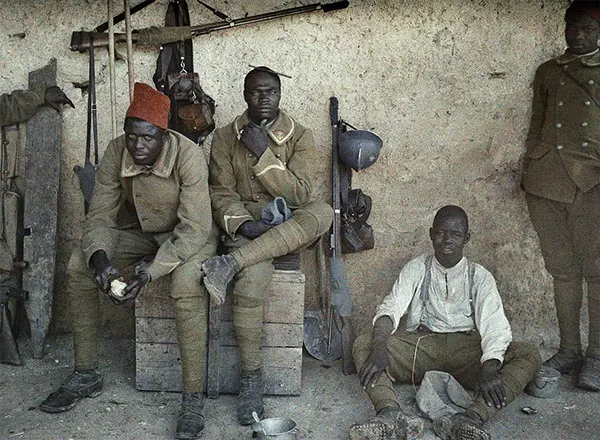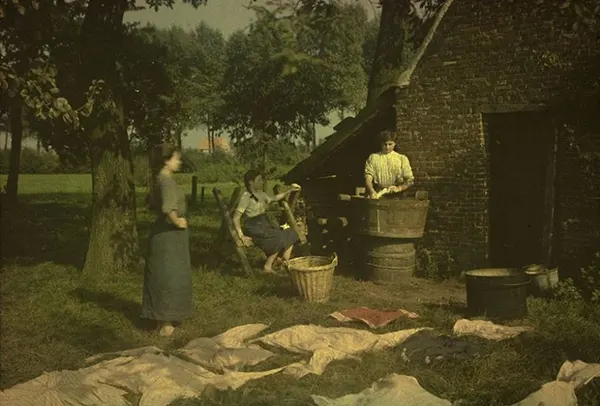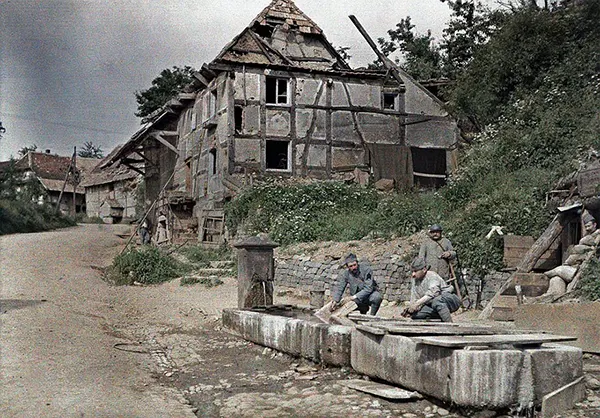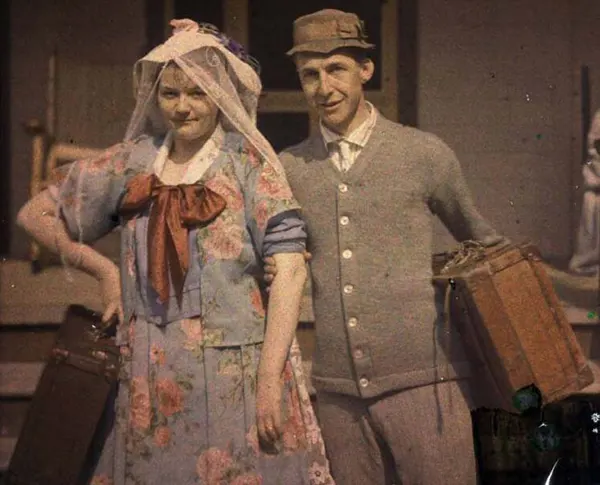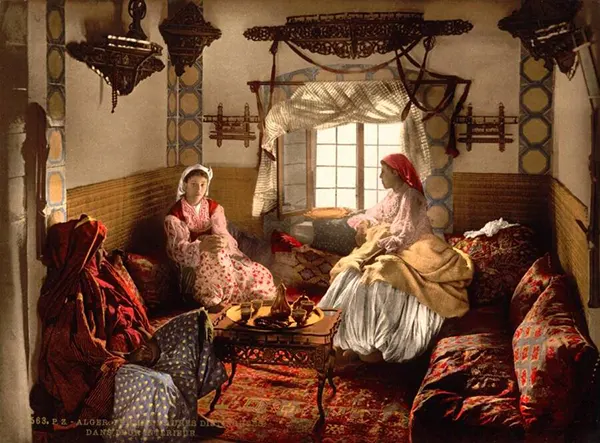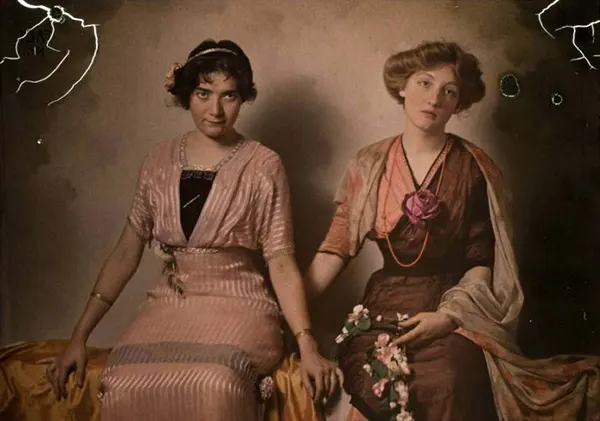These early color photographs provide a unique glimpse into the past. With their vivid hues and striking detail, they allow us to experience history in a way that black and white photographs cannot. The history of color photography dates back to the mid-19th century when photographers first experimented with ways to capture the full spectrum of colors in a single image. However, it wasn’t until the early 20th century that the first color images were widely available, and they were met with awe and amazement. One of the earliest color photography processes was the Autochrome Lumière, which was invented in France in 1903 by the Lumière brothers. The process used a glass plate coated with microscopic grains of potato starch, which were dyed red, green, and blue-violet. When the plate was exposed to light, the starch grains acted as tiny color filters, and the resulting image was a full-color transparency. The Autochrome process was groundbreaking at the time, and it quickly gained popularity among photographers and artists. The vivid colors and realistic detail of Autochrome images were unlike anything that had been seen before, and they offered a new level of realism to photography. If an Autochrome was well made and has been well preserved, color values can be very good. The dyed starch grains are somewhat coarse, giving a hazy, pointillist effect, with faint stray colors often visible, especially in open light areas such as skies. The smaller the image, the more noticeable these effects are. Autochrome has been touted as “the color of dreams.” The resulting “dream-like” impressionist quality may have been one reason behind the enduring popularity of the medium even after more starkly realistic color processes had become available. Although difficult to manufacture and fairly expensive, Autochromes were relatively easy to use and were immensely popular among enthusiastic amateur photographers, at least among those who could bear the cost and were willing to sacrifice the convenience of black and white hand-held “snapshotting.” Autochromes failed to sustain the initial interest of more serious “artistic” practitioners, largely due to their inflexibility. Not only did the need for diascopes and projectors make them extremely difficult to publicly exhibit, they allowed little in the way of the manipulation much loved by aficionados of the then-popular Pictorialist approach. Autochromes continued to be produced as glass plates into the 1930s, when film-based versions were introduced, first Lumière Filmcolor sheet film in 1931, then Lumicolor roll film in 1933. Although these soon completely replaced glass plate Autochromes, their triumph was short-lived, as Kodak and Agfa soon began to produce multi-layer subtractive color films (Kodachrome and Agfacolor Neu respectively). Nevertheless, the Lumière products had a devoted following, above all in France, and their use persisted long after modern color films had become available. The final version, Alticolor, was introduced in 1952 and discontinued in 1955, marking the end of the nearly fifty-year-long public life of the Autochrome. Between 1909 and 1931, a collection of 72,000 autochrome photographs, documenting life at the time in 50 countries around the world, was created by French banker Albert Kahn. The collection, one of the biggest of its kind in the world, is housed in The Albert Kahn Museum (Musée Albert-Kahn) on the outskirts of Paris. A new compilation of images from the Albert Kahn collection was published in 2008. The National Geographic Society made extensive use of autochromes and other mosaic color screen plates for over twenty years. 15,000 original Autochrome plates are still preserved in the Society’s archives. The collection contains unique photographs, including numerous Autochromes from Paris by Auguste Léon from 1925 and by W. Robert Moore from 1936 just before WWII. (Photo credit: Wikimedia Commons / Library of Congress / Flickr). Notify me of new posts by email.
Δ Subscribe

